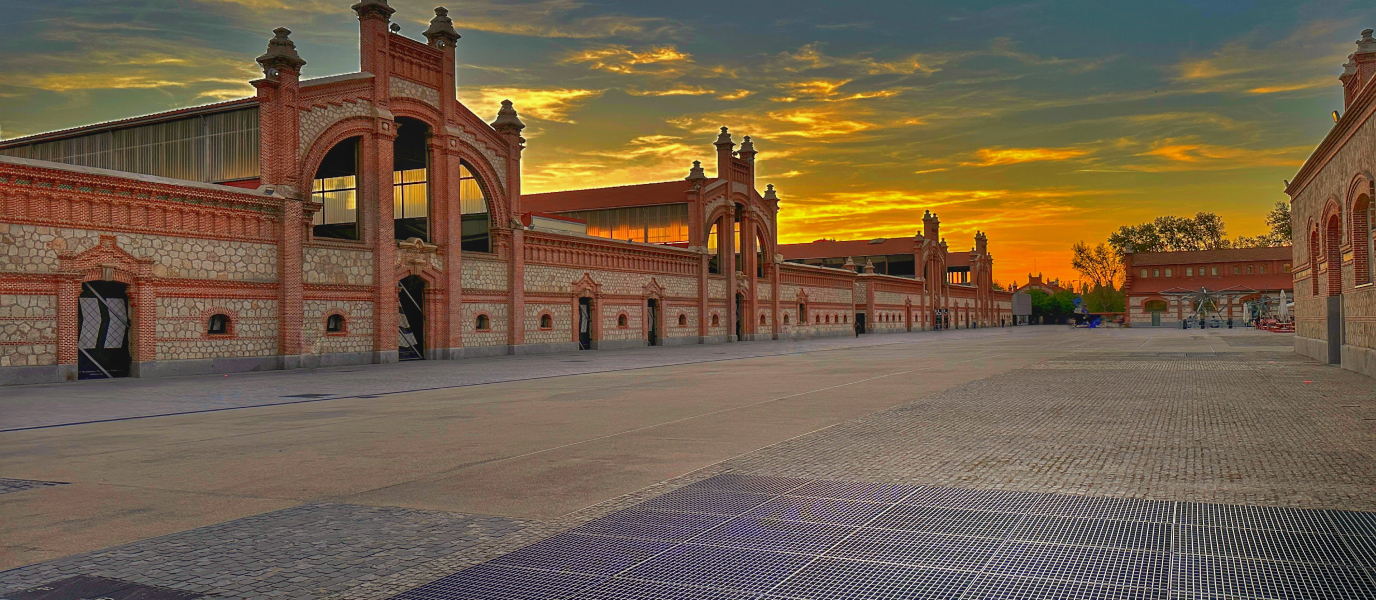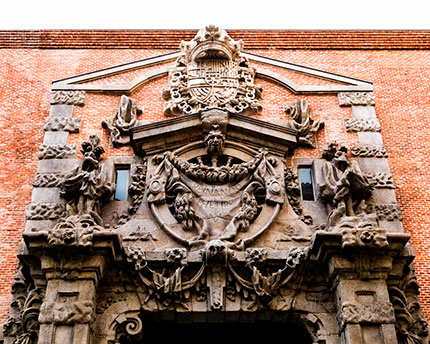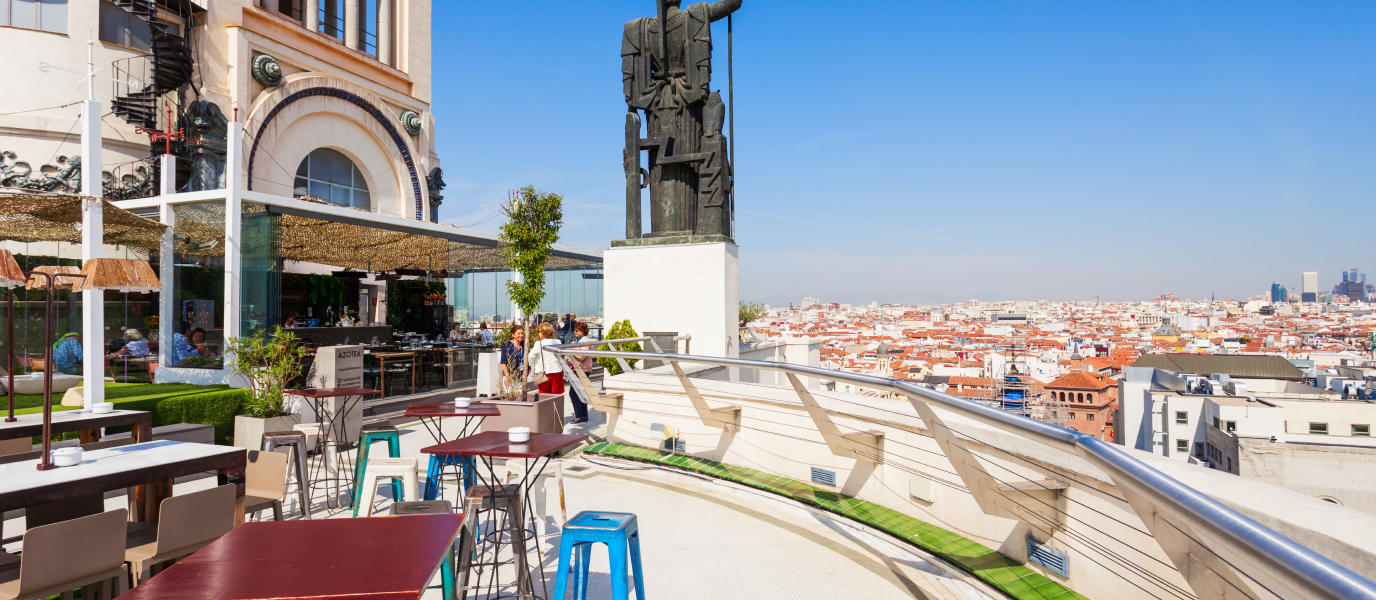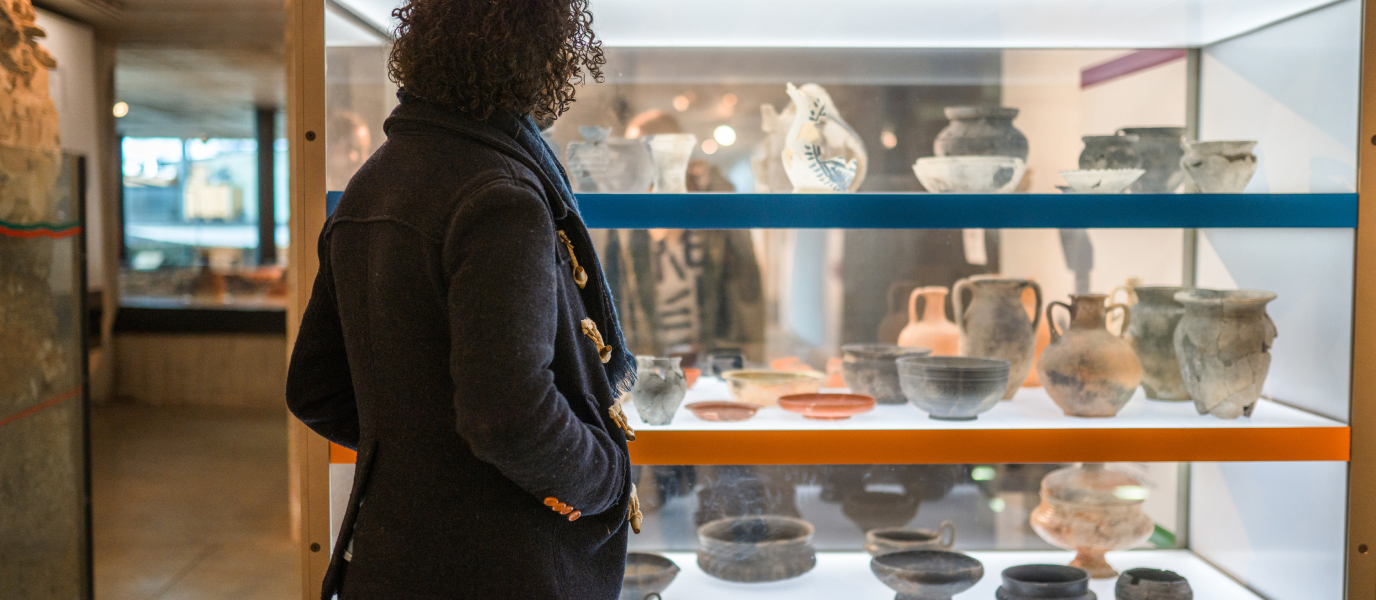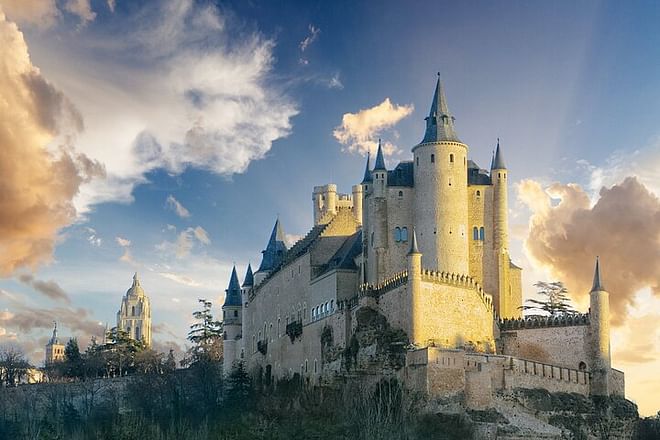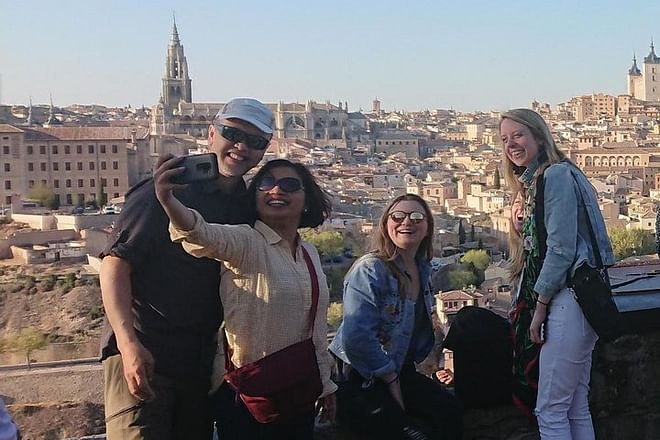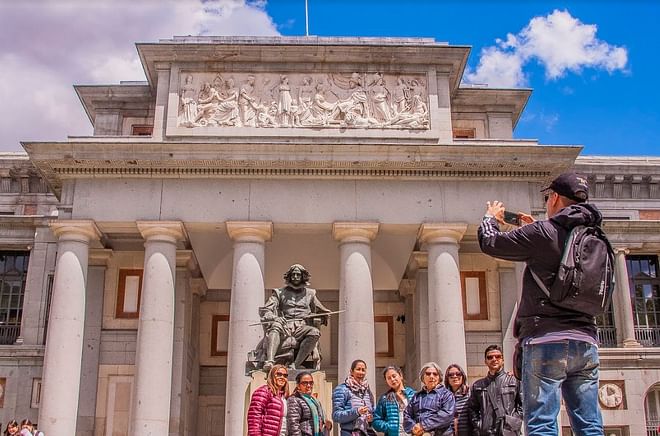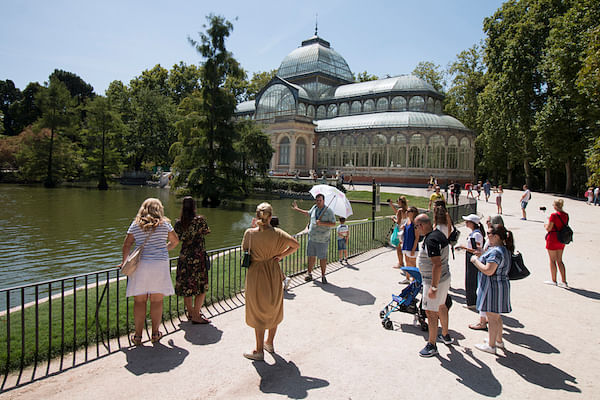Few could have imagined that the Matadero Madrid would succeed in transforming Legazpi, the neighbourhood in which it is located, in quite the way it has. Especially when one takes into account the original purpose of the complex of buildings—this is where animals were sold and then slaughtered before being distributed to the markets and butcher’s shops of Madrid.
Of that grisly period, only the structures of the original buildings remain. Because what now fills the warehouses of Matadero Madrid is a plethora of art and crowds of visitors ready to appreciate the range of artistic works developed here.
The origins of Matadero Madrid
The origins of what is now known as Matadero Madrid date back to the end of the nineteenth century. That was when the municipal authorities decided to build in the Arganzuela meadow a complex that would supply food for the city’s ever-increasing population. So it was decided to build an industrial slaughterhouse here, together with a municipal poultry market.
The project, located on the banks of the river Manzanares in an area removed from the urban centre, was undertaken by the architect Luis Bellido, who began work in 1911. Construction was not completed until 1924. Interestingly, by then the city had expanded to reach this point.
For decades, the slaughterhouse was used for its intended purpose. But towards the end of the twentieth century, several of the buildings were converted for different uses. So the Casa del Reloj, which had been the administrative building, became the Junta Municipal de Arganzuela [municipal council headquarters]. And the former cowshed became the headquarters of the Ballet and National Dance Company.
The slaughterhouse itself remained closed between 1996 and 2005. But in 2005 it was decided to find a new use for it. So in 2017, one of the first centres of Matadero Madrid opened its doors: Intermediae. This is a space for the interchange and management of brokerage networks, open to participation and dialogue.
From that point onwards, new spaces continued to open until the artistic and cultural panorama now embraced by Matadero Madrid was complete.
Theatre at Matadero
The theatrical works performed at the Naves Matadero space are probably the most popular activity here. They are also outstanding in their originality. This centre is known as the Centro Internacional de Artes Vivas. And there is therefore no predetermined boundary between the stage performances and the exhibition activities that share this space, along with a lively bar. It is, without question, a place open to intercultural exchange.
The concept, according to artistic director Mateo Feijóo, is to “generate a space for contemporary creation and thought (…), which will work as a catalyst between creators and citizens. A space in which the visual arts, literature, philosophy, cinema, music and transmedia activities can interconnect in an interdisciplinary programme”.
The programme of activities runs throughout the year, and attracts companies specialising in a wide variety of disciplines—from both the domestic and international scenes.
Other Activities
Conceived as a centre for contemporary creation, Matadero Madrid is also the headquarters of several cultural institutions, apart from Naves Matadero and Intermediae. These are:
- Casa del Lector [Reading House]: a programme of exhibitions, lectures, courses, creative workshops, music seasons, cinema and dramatic arts, with a constant focus on literature and books.
- Central de diseño [Design Centre]: whose aim is to promote and disseminate design as a discipline midway between the financial and cultural fields. The centre therefore embraces experimentation in this area, as well as providing all kinds of training and educational activities.
- Artist residence centre: a support for creativity, which offers emerging and dedicated artists work spaces in which they can develop their work. The centre also offers financial resources, tools and institutional support for which artists can apply.
- Cineteca: with two superb projection halls, a film studio, a cafeteria and the Patio de Cineteca. The centre has a programme of highly diverse film screenings and productions. Its work tends strongly towards the controversial in terms of format, content and style.
- Factoría Cultural: also known as Vivero de Industrias Creativas, a space to support the community of creators and artists based at Matadero Madrid.
The Mercado de Productores
On the last weekend of every month, the Mercado de Productores [Farmers’ Market] takes place on the vast space at the back of the complex. This is a great opportunity to purchase fresh, high quality foods directly from the growers or goods from the artisan craftsmen who produce them.
A total of over 250 producers from the Madrid Autonomous Region have passed through here. The markets that have been held here so far have not only provided an opportunity to buy quality products; they have also proved an effective way of promoting a healthy lifestyle and educating people about sustainable consumption.
The market is organised into various food sections:
- Artisan foods: preserves, cheeses, chocolate, sweets, olive oil, honey, jams, etc.
- Dairy produce: fresh milk, yogurts, milk shakes, etc.
- Fresh pasta.
- Meat products: beef, veal, lamb, etc.
- Artisan-brewed beer.
- Natural and organic
The Mercado de Diseño de Madrid
Every month, and spread over a whole weekend, the Mercado de Diseño [Design Market] held in the Naves Matadero brings together dozens of designers and an average of 40,000 visitors. This event, which has been running since 2013, has become a flagship for design in the capital—and the rest of the country. In fact, the creations of over 3,000 designers have been exhibited here.
The Mercado de Diseño’s sponsors explain that “it is a showcase for emerging designers and veterans alike to raise awareness of their new creations among the general public and retail industry professionals”.
Here, visitors can find examples of original design in a hugely diverse range of collections: fashion, furniture, accessories, jewellery, lighting, art, illustration, gadgets, toys, etc.




































































